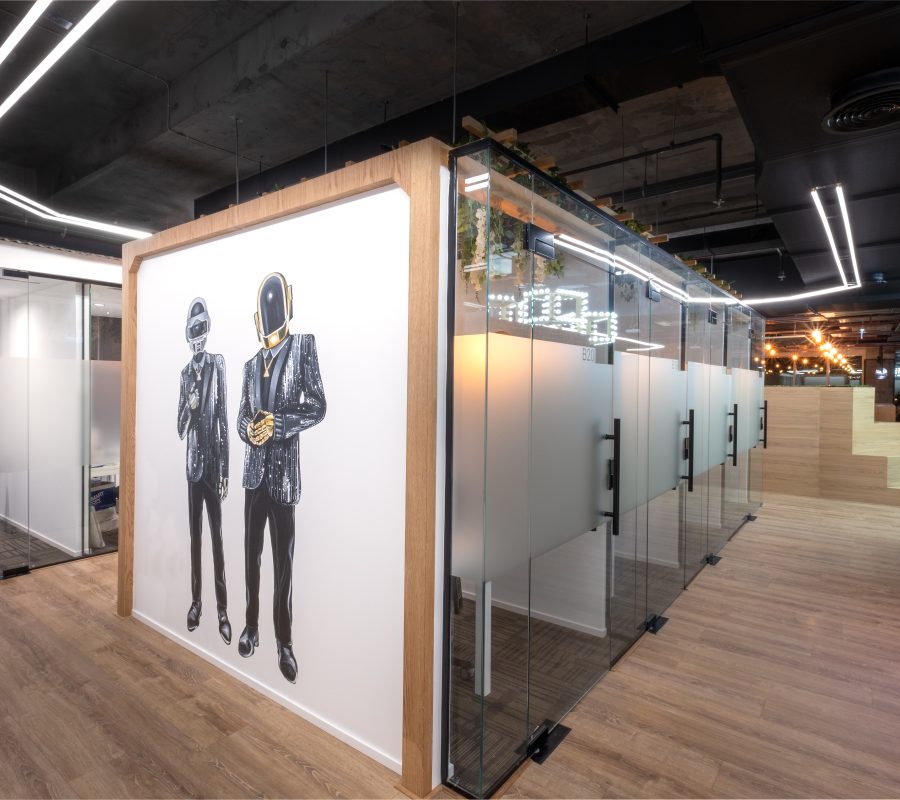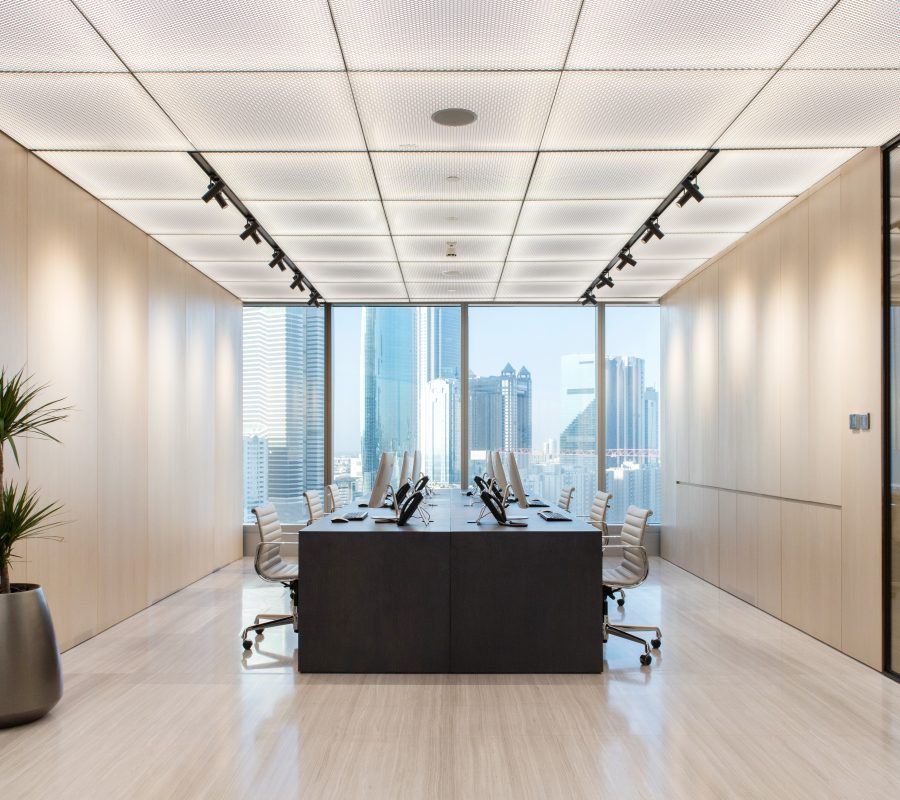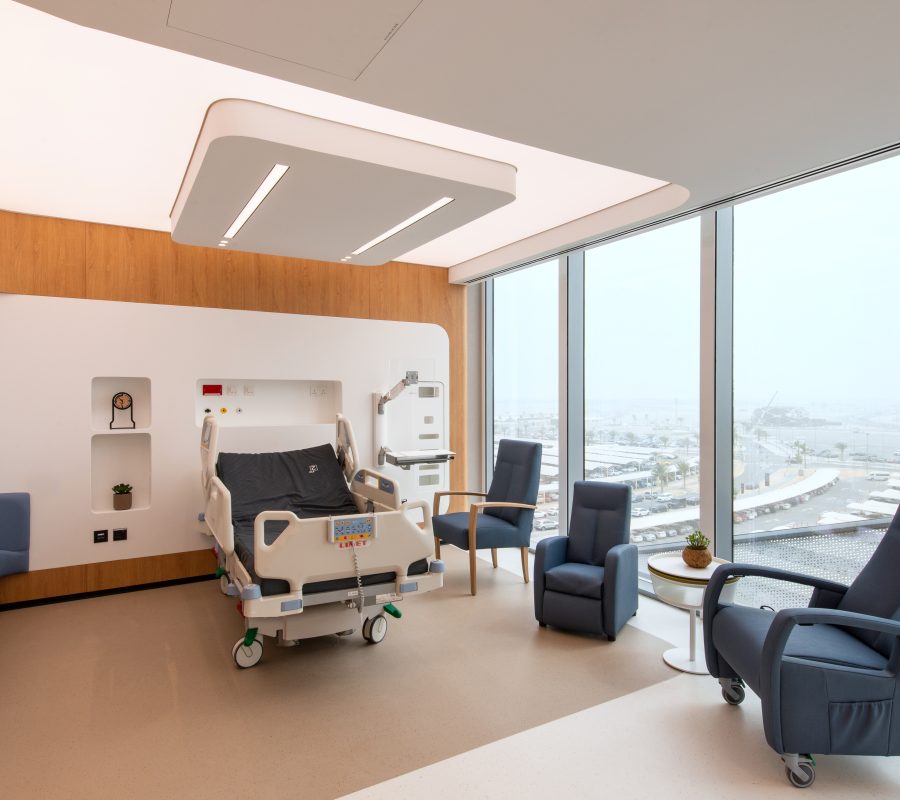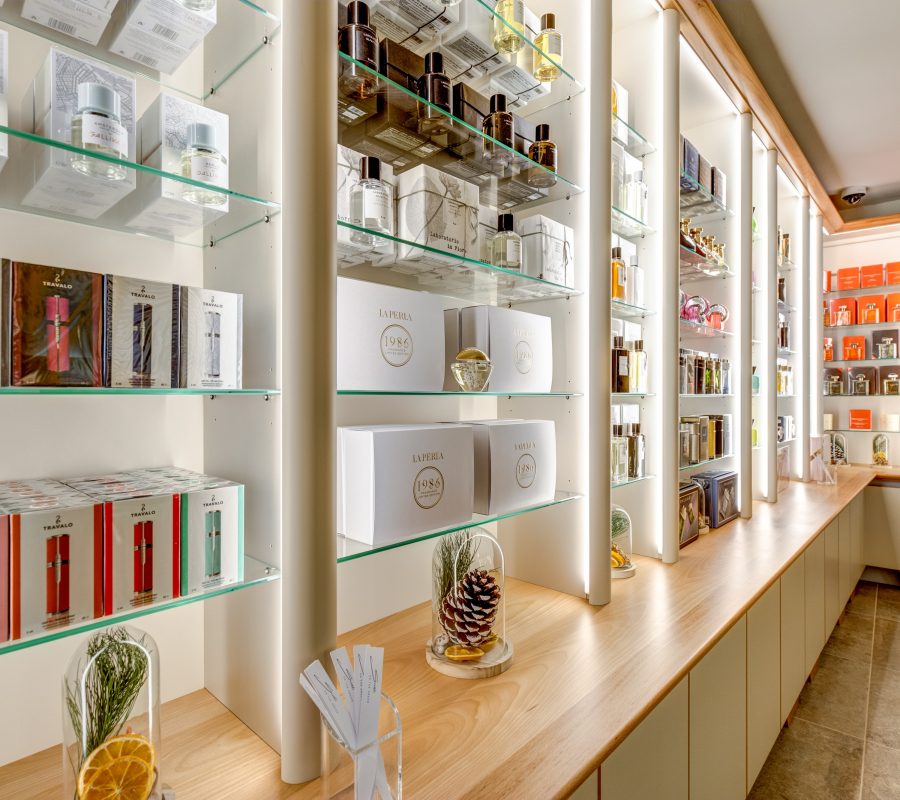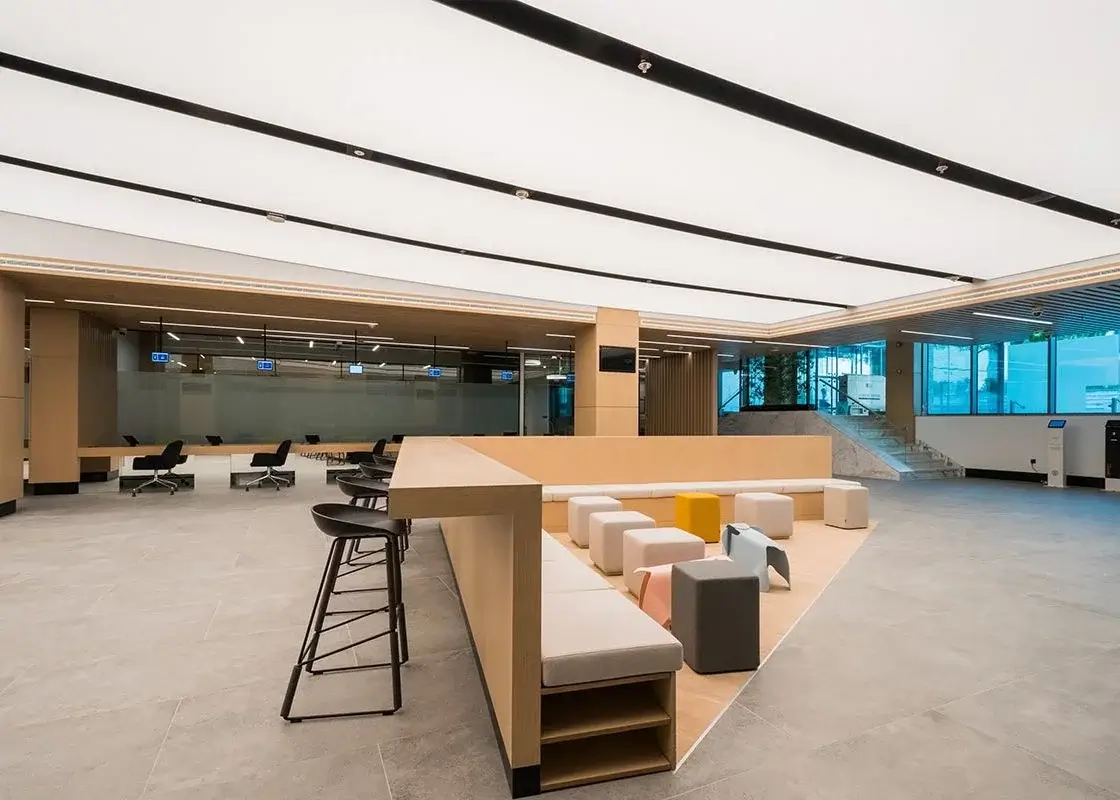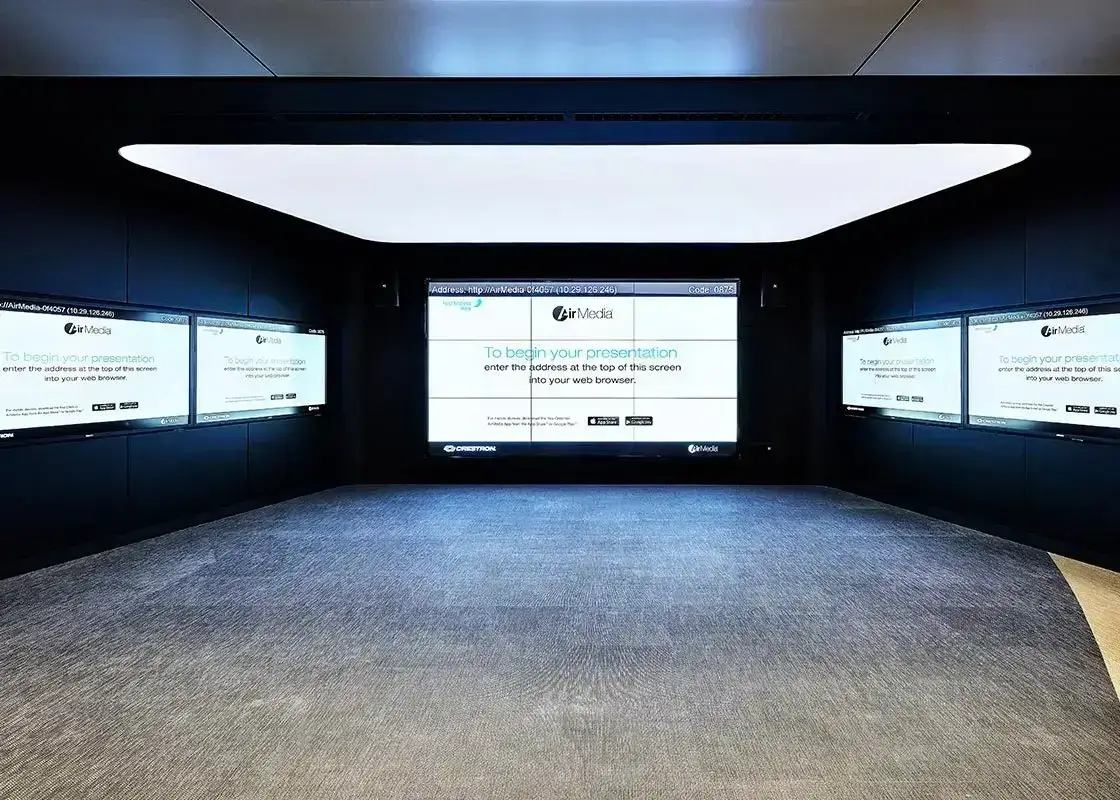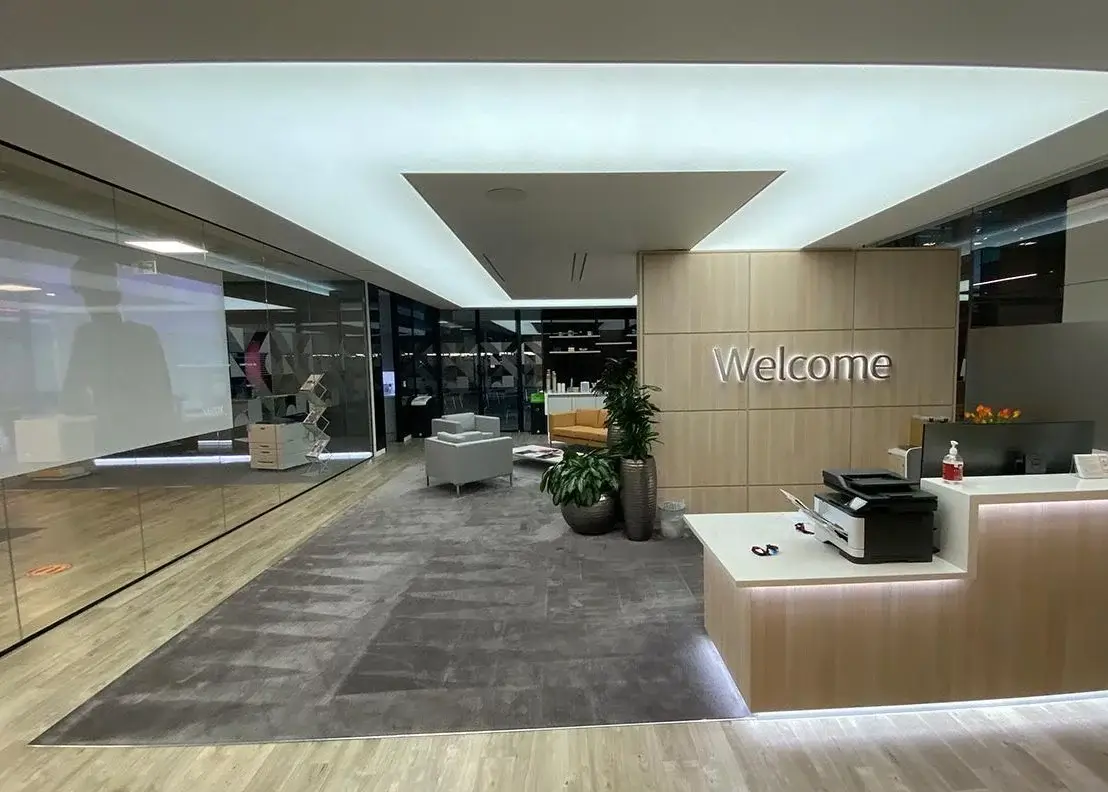Commercial
Acoustic Walls FAQs
Acoustic wall panelling can be used in spaces such as recording studios, theatres, conference rooms and restaurants.
At No Grey Area we provide a wide range of sound-absorbing products for our clients, from acoustic design to installation we have all your acoustic needs covered. In this article we’ll cover our most frequently asked questions around acoustic wall coverings.
What is acoustic wall panelling?
Acoustic wall panelling is the use of specialised panels or coverings on walls to enhance sound quality and control noise levels within a room or space. Acoustic wall panels are designed to absorb, diffuse, or isolate sound waves, reducing echoes, reverberation, and unwanted noise.
Acoustic panels are primarily used for sound absorption. They are made from materials that absorb sound waves, converting the sound energy into heat energy. This helps to reduce echoes and reverberation, making speech or music more intelligible and improving overall sound clarity.
Which materials can be used for acoustic wall panelling?
A popular choice of material for acoustic wall panelling is PET felt. PET stands for polyethylene terephthalate, which is a type of thermoplastic polymer used to produce the felt. This material is derived from recycled plastic bottles, making it an excellent choice for anyone seeking sustainable and eco-friendly alternatives. Acoustic PET felt is available in a wide range of colours, thicknesses, and textures, allowing for versatile design options. It can be moulded into various shapes, patterns, and 3D structures.
Another choice of material for acoustic panelling is wood wool. Wood wool panels are made from wood fibres mixed with a mineral binder. They have a textured surface and offer good sound absorption. Wood wool panels are often used in environments where a natural and aesthetically pleasing appearance is desired.
Acoustic panels can be covered with fabric to provide both aesthetic appeal and sound absorption. Fabrics with open weaves, such as burlap or open-cell fabrics, are particularly effective at absorbing sound waves.
What are the benefits of acoustic wall panelling?
Improved acoustic balance is a well-known benefit of acoustic wall panelling. Acoustic wall panels can help achieve a balanced sound environment by controlling the frequency response and addressing specific acoustic issues. They can be strategically placed to target areas where sound reflections are excessive or to correct frequency imbalances. This ensures that the sound is distributed evenly throughout the room, creating a more pleasant and immersive experience.
Enhanced clarity of sounds is another benefit of acoustic wall panelling. By reducing the reverberation time, acoustic panels improve the clarity and definition of sound. This is particularly beneficial in spaces where communication is vital, such as classrooms, lecture halls, or auditoriums. Clearer sound helps listeners understand spoken words, enhances music quality, and makes audiovisual presentations more impactful.
It’s important to note that the effectiveness of acoustic wall panelling depends on factors like the panel thickness, density, surface area coverage, and the specific needs of the space. It’s often recommended to consult with acoustic design professionals to determine the most suitable materials and design for achieving desired acoustic results in a specific environment. To find out more about our acoustic consultancy contact us here.

